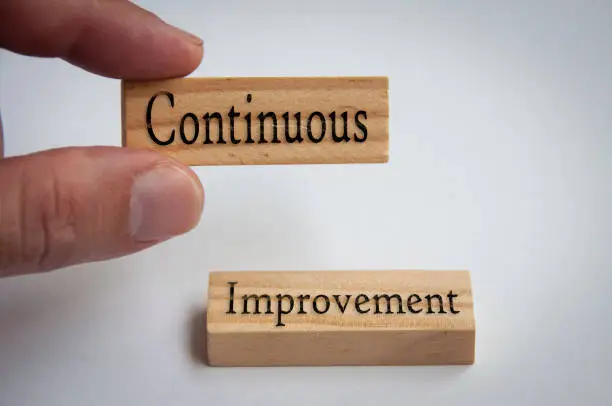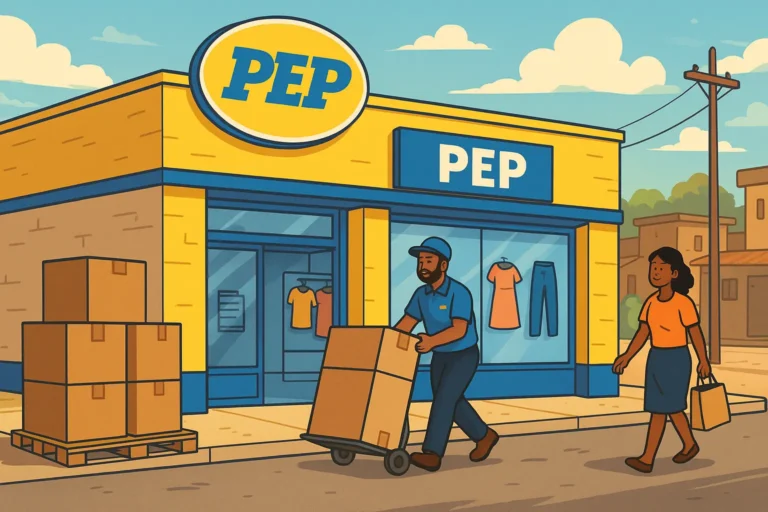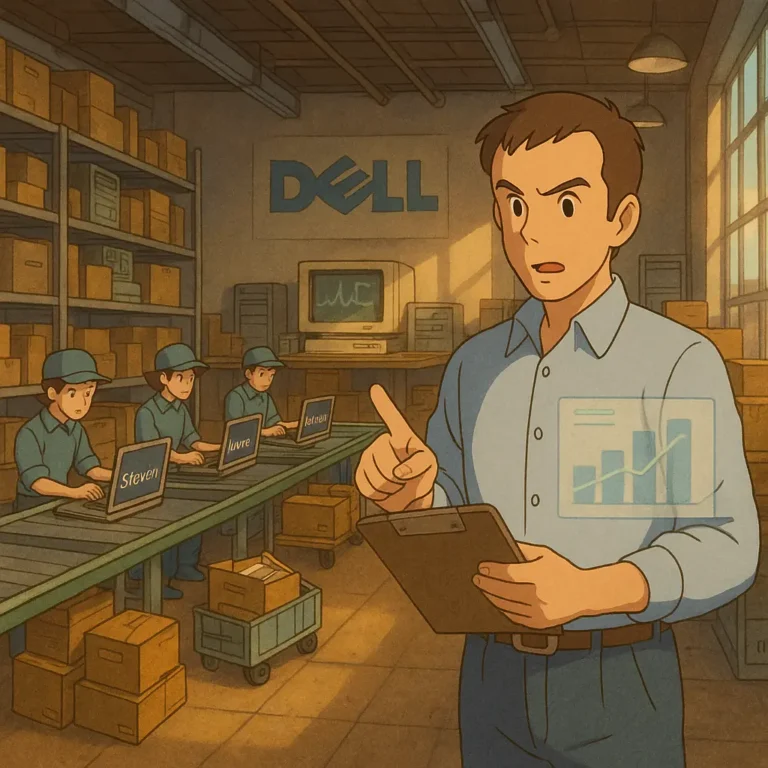
In an age of competition, continuous improvement in the supply chain has emerged as the single biggest method of optimizing your operations to keep up with the ever-changing market dynamics.
Gone are the days when you had to wait to make big changes in your supply chain operations to keep up.
With a culture of continuous improvement, your supply chain can make little changes all year round and keep up with the competition without disrupting or making it difficult for stakeholders to adjust.
In this article, we will review the importance of a continuous improvement culture and how to build one in your supply chain management.
What is Continuous Improvement?
Continuous improvement is making small, continual improvements to systems, services, processes, or goods.
It entails consistently finding and putting into action small, achievable changes with the goal of gradually enhancing effectiveness, efficiency, and quality.
The strategy promotes innovation and long-term growth by encouraging organizations and supply chains to evaluate and optimize their processes continuously.
Tips for Building a Culture of Continuous Improvement in Your Supply Chain
It cannot be a one-time thing for continuous improvement to work effectively in your supply chain management. It has to become a culture, and to do that; you will need to do the following.
Involve all stakeholders
You must have buy-in from every stakeholder in your supply chain if you are going to achieve the best result from continuous improvement.
From your suppliers to staff and internal departments in the organization and then finally to the customers, everyone has to be involved.
You can do this by encouraging feedback and proactive thinking.
Visibility and Transparency
Visibility and transparency ensures information about the supply chain is properly passed across the supply chain.
It also enforces proper communication. When these two are in place, it becomes infinitely easier to identify potential bottlenecks in the supply chain and draw up strategies to combat them.
With proper visibility, every aspect of the supply chain can work together seamlessly to continuously improve the supply chain.
Decentralize Decision Making
Not all decisions have to come from the top. In many cases, it is quite unnecessary. Strategic decisions are fine, but not day-to-day operational activities.
When centralized decision-making can slow down the processes and, in many cases, result in oversight because people do not want to deal with the stress of taking that problem to management.
There are many situations your employees can resolve on their own, so why not let them? That way, they become more confident and develop an ownership mentality.
Promote Achievements
When people can see and feel the result of continuous improvement, they want to buy in. It doesn’t matter what role they play in the supply chain.
When customers hear and see their suggestions play a role in optimizing the process, they want to do more of it. The same goes for suppliers and internal stakeholders.
Always promote achievements and appreciate your stakeholders. They will keep fostering continuous improvement when you do that.
Why is Continuous Improvement Important to the Supply Chain?
Continuous improvement is essential for competition in modern supply chain management, but it’s not just about the competition. Here are some reasons why you need it.
𝐄𝐧𝐡𝐚𝐧𝐜𝐞𝐝 𝐄𝐟𝐟𝐢𝐜𝐢𝐞𝐧𝐜𝐲: By identifying and eliminating inefficiencies in supply chain procedures, lead times are reduced, waste is reduced, and operational costs are decreased.
𝐈𝐦𝐩𝐫𝐨𝐯𝐞𝐝 𝐐𝐮𝐚𝐥𝐢𝐭𝐲 𝐂𝐨𝐧𝐭𝐫𝐨𝐥 𝐚𝐧𝐝 𝐂𝐨𝐧𝐬𝐢𝐬𝐭𝐞𝐧𝐜𝐲: This results in improved quality control and consistency, ensuring that products meet or exceed customer expectations, lowering defects, and improving customer satisfaction.
𝐆𝐫𝐞𝐚𝐭𝐞𝐫 𝐑𝐞𝐬𝐩𝐨𝐧𝐬𝐢𝐯𝐞𝐧𝐞𝐬𝐬: Your supply chain can react more swiftly to shifting market conditions, customer needs, and unforeseen interruptions thanks to continuous improvement, increasing agility and flexibility.
𝐂𝐨𝐬𝐭 𝐫𝐞𝐝𝐮𝐜𝐭𝐢𝐨𝐧: Your supply chain can minimize operational costs, enhance cost management and keep their competitiveness by optimizing processes and cutting waste.
𝐈𝐦𝐩𝐫𝐨𝐯𝐞𝐝 𝐏𝐫𝐨𝐝𝐮𝐜𝐭𝐢𝐯𝐢𝐭𝐲: Continual improvement initiatives can increase supply chain teams’ productivity, enabling them to accomplish more with fewer resources.
Continuous Improvement Models
There are different models for continuous improvement, but for this article, we will focus on the three popular articles.
The Lean Model
Lean is a continuous improvement technique for identifying opportunities for streamlining work, minimizing waste and enhancing productivity in your supply chain.
The idea is that as your supply chain operations become more complex, it creates more opportunities for inefficiencies to be set into motion. These inefficiencies can fall under waste of time and resources. It also leads to increased costs.
All of which directly impact your supply chain productivity and revenue.
The lean model increases customer benefits, reduces waste, and optimizes supply chain operations. But it doesn’t stop there.
Besides waste reduction and process improvement, lean is also about building a culture of continuous improvement, wherein employees look for ways to contribute by sharing plans, goals and proposals for optimizing the supply chain.
The Six Sigma Model
With the Six Sigma model, you are trying to achieve high certainty in your supply chain’s ability and capacity. The model aims to achieve desired outcomes through measurable procedures and operations.
Six Sigma is a set of tools and techniques designed to improve your supply chain’s efficiency by identifying problems that limit that efficiency and then eliminating them from the supply chain.
The process works like this.
- D: define the goal
- M: measure processes to calculate the current performance
- A: analyze to determine the root of the problem
- I: improve the process by eliminating identified issues
- C: control the new system to ensure it doesn’t disrupt the flow of your supply chain.
For the Six Sigma model to work, there must be abundant relevant data on the workings of the supply chain. You must also hire people with the right expertise to bring it to life.
Kaizen Model
The Kaizen model is a continuous improvement approach from Japan, particularly associated with the Toyota Production System.
The term “Kaizen” itself means “change for better” or “continuous improvement” in Japanese.
It represents a philosophy and methodology that consistently makes incremental, small improvements in processes, products, or services.
The Kaizen model is based on several key principles:
- Continuous Improvement
- Employee Involvement
- Elimination of Waste
- Standardization
- Data-Driven Decision-Making
- Small Steps
- Respect for People
Overall, the Kaizen model fosters a culture of ongoing improvement and learning within an organization, leading to increased efficiency, quality, and competitiveness over time.
It’s not limited to supply chain management but can be applied to various industries.
Steps to Implementing Continuous Improvement in Your Supply Chain Management
The following steps will guide you in implementing continuous improvement in your supply chain.
𝗦𝘁𝗲𝗽 𝟭-𝗣𝗹𝗮𝗻: To initiate continuous improvement in your supply chain, begin by crafting a comprehensive plan based on the insights derived from analyzing the supply chain performance.
𝗦𝘁𝗲𝗽 𝟮-𝗜𝗺𝗽𝗹𝗲𝗺𝗲𝗻𝘁: When the plan is set up, begin the implementation phase. However, consider this a pilot run to validate your plan’s efficacy. Restrict the scope of your implementation to facilitate a seamless rollback if it fails to deliver the desired results or introduces unwarranted disruptions to your supply chain.
𝗦𝘁𝗲𝗽 𝟯-𝗔𝗻𝗮𝗹𝘆𝘇𝗲: Review the outcomes achieved during implementation. If necessary, make adjustments based on your findings. Engage the stakeholders that contributed to the planning phase.
𝗦𝘁𝗲𝗽 𝟰-𝗦𝗰𝗮𝗹𝗲: If your implementation is successful, it is time to scale and take it to other parts of your supply chain management. You can replicate these four phases to address other challenges throughout the supply chain.
FAQs on Continuous Improvement in Supply Chain Management
Q1: Is continuous improvement a one-size-fits-all strategy, or should it be customized to meet each organisation’s specific requirements?
While the fundamentals of continuous improvement remain constant, the precise methods and tactics should be customized to meet each supply chain’s particular supply chain issues, objectives, and cultures.
Q2: Can initiatives for continuous improvement be incorporated with other supply chain management techniques like risk management or demand planning?
Yes, continuous improvement should be used with other supply chain strategies. It can be integrated with risk management, demand planning, and other procedures to create a supply chain that is more stable and resilient.
Q3: How frequently should I evaluate and revise my continuous improvement plans?
It should be a constant practice to improve. Review your plans frequently, monitor your results, and adjust as necessary for shifting conditions. It could be quarterly or annually.

Obinabo Tochukwu Tabansi is a supply chain digital writer & ghostwriter helping professionals and business owners across Africa explore various strategies that work and learn from the success and failures of various supply chains across the globe. He also ghostwrites social content for logistics & supply chain businesses








